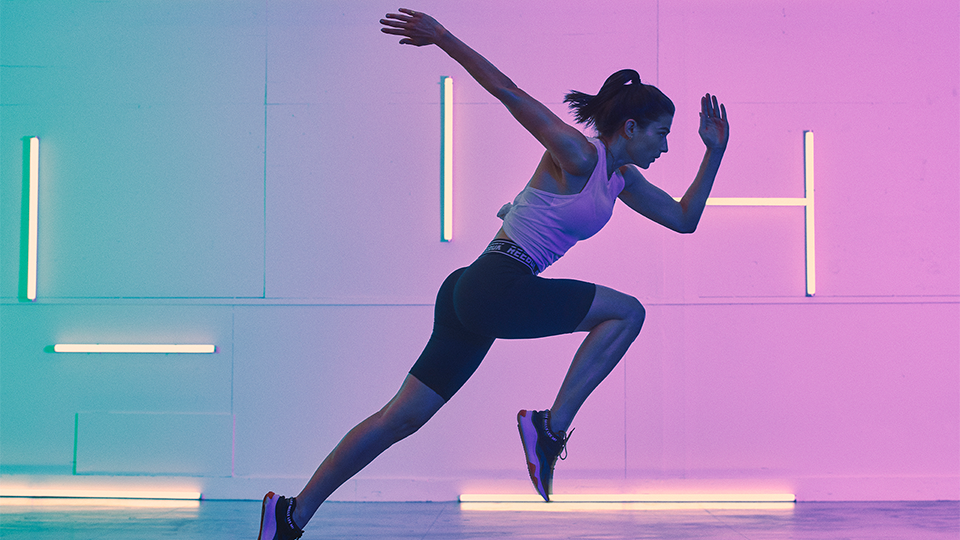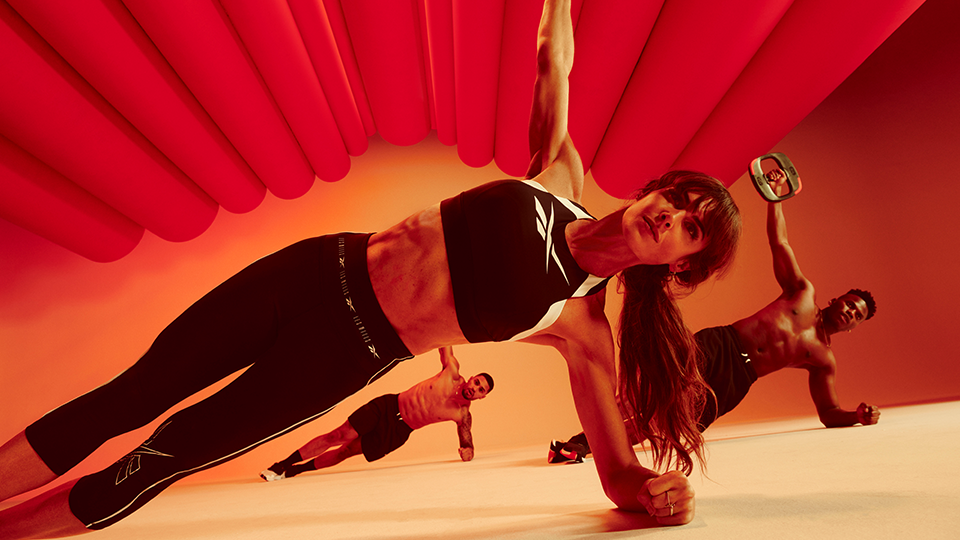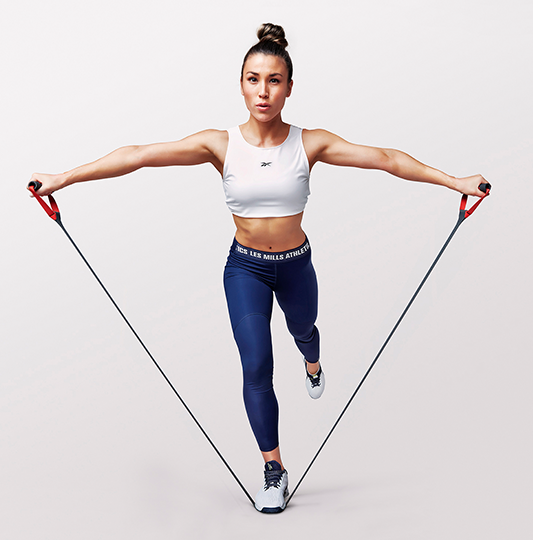Want to pick up the pace and smash your running goals? Research suggests focusing on a specific type of integrated core training – not spending more minutes pounding the pavement or tackling the treadmill – could be key to achieving quicker run times and improving running symmetry.

Read on and you’ll discover:
• Evidence that integrated core exercises improve running performance and joint symmetry
• Key exercises and workouts that will help you run faster
• Integrated training guides that will help you reach your running goals.
Targeting big muscle groups around the hips, lower back, glutes and abs will improve your running times and technique according to recent research.
Long-time running enthusiast, kinesiologist and group fitness advocate, Dr Jinger Gottschall, led a new study exploring how runners can improve their performance. And it seems that focusing on integrated core exercises could make a crucial difference.
The study, published in The Journal of Sports Medicine and Physical Fitness, involved a group of recreational runners adding three 30-minute integrated core training workouts into their weekly training regime. These workouts were LES MILLS CORE™, a structured core training program formerly called CXWORX.

After just six weeks of this integrated core training the exercisers benefited from:
- Increased running speed
- Improved running economy (a measure of how efficient you are as a runner)
- A decrease in five kilometre run times (by an average of 66 seconds) without a significant difference in mean heart rate
- Increased ability to hold a plank (by over 60 percent)
- A decrease in ankle range-of-motion asymmetry (by 46 percent)
Gottschall says the unique thing about this study is that, unlike previous studies that used isolated strengthening to improve running performance, this study focused on the three-dimensional integrated exercises.
This is significant given the three-dimensional nature of running. “As you run, your legs are moving forward in one plane, yet the movement of your arms and torso move in another plane, which is also important for force production and running economy,” she says. “With this in mind, three-dimensional core training can play a fundamental role in improving running performance.”
The science shows that integrated exercises lead to two key benefits:
- Delivering superior abdominal training which drives efficient force transmission
- Improving joint symmetry which may reduce injury risk

Gottschall says runners typically have a high incidence of injury, and many of these injuries may be due to muscular imbalance and lack of symmetry.
The most common injuries reported by runners are Achilles tendinopathy, plantar fasciitis, stress fractures in the metatarsals, fibula, or tibia, medial tibial stress syndrome, patellofemoral pain syndrome, and iliotibial band syndrome.
Gottschall believes the majority of these injuries could potentially be minimized by additional activation of the core which would reduce impact forces or improved symmetry of the legs which distribute the load between the two legs. She recommends an integrated training approach, incorporating three-dimensional diversity to optimize running performance for the long term.
“Endurance athletes typically live by the slogan, ‘more is better’ and simply run more miles – but it’s clear that this isn’t the smartest approach. Thanks to this new study we now know that integrated core training – so often a missing component – can be the secret to improving running performance and symmetry.”
KEY EXERCISES FOR RUNNERS
1. Hovers and planks
Hovers and planks build three-dimensional core endurance, which is key to improving speed and enhancing running economy.
Once you’ve mastered the basic hover try adding an element of dynamic instability by adding foot taps or knee drops. Research shows these variations take core activation to a whole new level.
2. Mountain climbers
Mimicking the muscle activation patterns of running, mountain climbers are a great way to build cardio fitness and enhance running economy.
3. Cross crawls
Cross crawls mimic the trunk rotation that occurs while running, building core strength and helping enhance running economy.
4. Squats
Squats are a great way for runners to strengthen the primary running leg muscles. This lower body strength training can also help reduce the risk of joint pain and the risk of overuse injury.
LES MILLS CORE IS THE ULTIMATE WORKOUT FOR RUNNERS
This scientific core workout is inspired by elite athletic training principles and designed to drive incredible core definition and sports performance. LES MILLS CORE is now available as a 30- or 45-minute workout, and includes planks, lower abdominal endurance exercises, gluteal training, abdominal oblique challenges and extensor endurance. Together, this combination of integrated exercises simultaneously and effectively works large muscle groups from should to knee, unlike isolated exercises such as crunches that focus on individual core muscles.
Gottschall recommends you aim for two to three LES MILLS CORE workouts a week, with a few days’ rest between each session. If you’re training for a 10km, half marathon, marathon or ultra-distance event, LES MILLS CORE is best done two days before or two days after your longest run.
